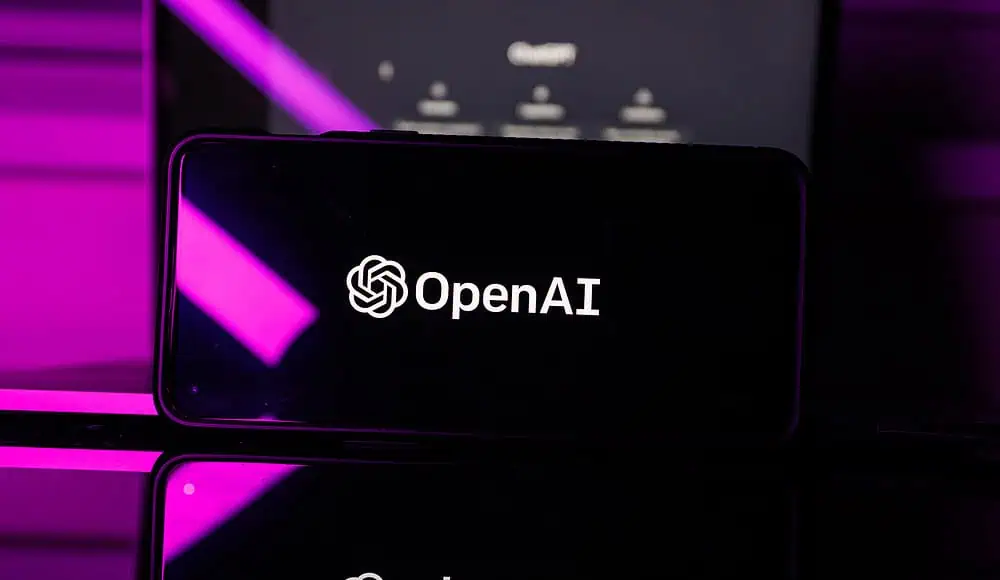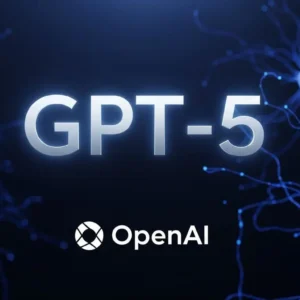The world of artificial intelligence is moving fast, and OpenAI is once again making headlines. Instead of launching the much-awaited GPT-5.0, the company has shifted focus to releasing GPT-4.1, a refined version of the already popular GPT-4o model. This decision, confirmed by recent leaks, has created a wave of interest in the tech community. Many are now wondering how this strategic step will influence AI tools and applications in the near future.
The upcoming release of GPT-4.1 is more than just a routine update. It represents OpenAI’s careful approach to balancing innovation with real-world usability. The release is expected to offer improvements that can benefit users and developers alike, all while preparing the ground for the next big leap in AI with GPT-5.0.
What We Know About GPT-4.1 So Far
OpenAI’s GPT-4.1 is set to build upon the foundation of GPT-4o, which has already been well-received for its speed, accuracy, and multimodal capabilities. Early reports suggest GPT-4.1 will come with significant upgrades in logic, reasoning, and coding tasks. It aims to reduce hallucination issues, offer faster responses, and handle more complex queries with better context understanding.
Interestingly, OpenAI is also expected to launch smaller versions of the model under names like GPT-4.1 mini and GPT-4.1 nano. These compact versions are likely to consume less computing power, making AI accessible even on low-resource devices such as smartphones and tablets. This signals OpenAI’s effort to bring AI tools to a wider audience.

Alongside GPT-4.1, model variants like o3 and o4-mini have been spotted during OpenAI’s testing phase. These updates indicate a broader strategy of strengthening current AI models before making a significant leap to the next generation.
Expected Timeline and Testing Updates
Although OpenAI has not made any official announcements, multiple trusted sources have hinted that GPT-4.1 could be launched as early as mid-April 2025. AI researcher Tibor Blaho has spotted model versions including GPT-4.1, o3, and o4-mini being tested on OpenAI’s API platform. This testing phase is a clear sign that the models are being fine-tuned before a wider release.
Sam Altman, CEO of OpenAI, recently acknowledged the challenges of scaling AI models due to overwhelming demand. This could be one reason for delaying GPT-5.0. By releasing GPT-4.1 first, OpenAI appears to be addressing those capacity issues while still delivering meaningful improvements to its users.
This measured approach shows OpenAI’s commitment to innovation without compromising the quality and reliability of its tools.
Why GPT-4.1 is a Strategic Release
The release of GPT-4.1, ahead of GPT-5.0, reveals how OpenAI is adapting to both user feedback and market conditions. Instead of waiting for a massive overhaul, the company is making iterative changes to its models. This allows users to experience progress without long gaps between updates.
One key advantage is expected to be better support for offline or low-internet environments. This is especially helpful in regions where internet speed or availability is limited. With the introduction of mini and nano models, AI integration into mobile apps and smart devices will become more feasible.
For developers, GPT-4.1 opens new doors. Lightweight models can power on-device AI features without needing expensive server infrastructure. This can lead to more efficient and user-friendly applications in fields like healthcare, education, and customer service.
Challenges and Market Expectations
Even with all the hype, GPT-4.1 is not without its challenges. One of the biggest concerns is managing user expectations. Many people are anticipating a major shift in capabilities, but according to reports, GPT-4.1 is more of a performance enhancement than a breakthrough.
Additionally, OpenAI’s free-tier services have faced limitations due to rising user numbers and server load. If GPT-4.1 is placed behind a paywall or comes with usage limits, it could frustrate non-paying users. This is an important consideration, especially as competitors like Google and DeepSeek continue to roll out their own advanced models.
Maintaining balance between innovation, accessibility, and affordability will be critical for the success of GPT-4.1.
What This Means for the Future of AI
The release of GPT-4.1, instead of moving directly to GPT-5.0, reflects a larger trend in AI development. Companies are now leaning toward incremental updates that focus on reliability, speed, and real-world use rather than aiming for massive changes all at once.
This strategy allows for better testing, faster feedback, and more stable AI tools. It also shows a shift in priorities—from showing off new features to improving what already works well.
There is also growing speculation that OpenAI may be working toward a unified model that combines reasoning, image understanding, and conversation into one streamlined system. While this kind of system could be part of GPT-5.0 or future models, the current release of GPT-4.1 acts as a stepping stone toward that vision.
For now, developers, businesses, and everyday users are keeping a close eye on what GPT-4.1 will offer. As of April 2025, all signs suggest that OpenAI is laying a strong foundation for the future of AI tools.
Conclusion
The launch of GPT-4.1 before GPT-5.0 marks an important moment in OpenAI’s journey. Instead of rushing to the next big thing, the company is focusing on refining its existing models to better meet user needs. With improvements in performance, smaller model variants, and ongoing testing, GPT-4.1 is set to offer meaningful updates to the AI tools we use daily.
While it may not be the groundbreaking shift some are waiting for, it is a clear indication that OpenAI is listening to its users and taking steps to deliver reliable and efficient solutions. As more details emerge in the coming days, the tech world remains eager to see how GPT-4.1 will shape the next phase of AI development.
References
- OpenAI Plans to Launch GPT-4.1 and Other Models – The Verge
- OpenAI’s AI Development Strategy – TechCrunch
- Sam Altman Talks About AI’s Future – Time










1 Comment